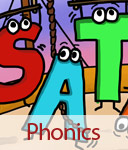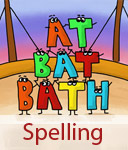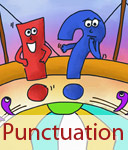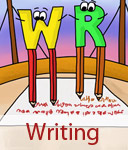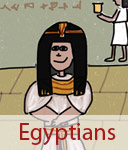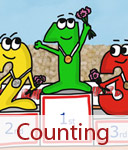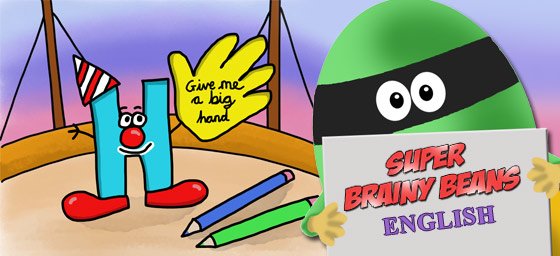
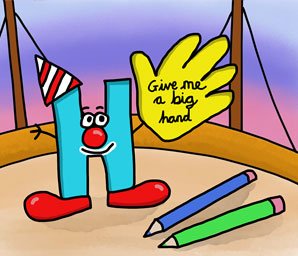
Handwriting worksheets
for kids
Handwriting worksheets for kids learning cursive writing in Primary School. Homework help with handwriting in EYFS, KS1 & KS2.
Pick a level
Handwriting - Tips for parents
Here at Super Brainy Beans, we teach handwriting using cursive handwriting. Learning the cursive style from the start may seem hard but it will become easier when starting to join up letters to make words. While learning cursive writing may appear challenging due to the slower pace required to form each letter individually, the advantages become evident as your child progresses towards connecting letters by the end of Year 1 and into Year 2.
What are the steps in learning cursive handwriting?
Reception
In reception, children should learn to form every letter with a lead-in and a lead-out. They learn to write lowercase letters separately in the cursive style understanding that every letter starts on the line. Good pencil grip should be learnt right from the start. They should also learn how to write numbers, although they do not use the cursive style.
Year 1
In Year 1, capital letters should be learnt. These all start from the top and should not join the rest of the word.  They will start to learn at this stage, to join certain letter combinations such as, ch, sh and th.
Year 2
This is when a child should start being able to create sentences that are mostly joined up. Seating and posture should be checked here and that the letters should be all the same size.
Year 3 & 4
Keeping check of the neatness of the handwriting is important to ensure the child doesn't form bad writing habits and that handwriting doesn't become illegible.
Year 5 & 6
Handwriting should be established by now. This is a good time to work on speed.
How can I support my child in their handwriting?
Constant repetition is the key - Print out our handwriting sheets and practice for a couple of minutes each day to understand how to form the letters and write numbers.
Make it fun - Try writing letters with different coloured pens, with chalk on a pavement or drawing the letters in sand.
Correct pencil grip - Make sure your child has a good pencil grip right from the start, this will help them form the letters correctly.
My child doesn't use cursive handwriting even though they were taught this way, does it matter?
After learning cursive handwriting, children develop their own style of writing. Some may use joined-up writing in all their words others may join up only certain letter combinations. There is no right and wrong. Cursive handwriting is still important to learn as it teaches them a quicker way of writing, forming neat letters. Neat handwriting is essential in tests and exams for answers to be read clearly. A child will get no marks if an examiner can not read the writing.


